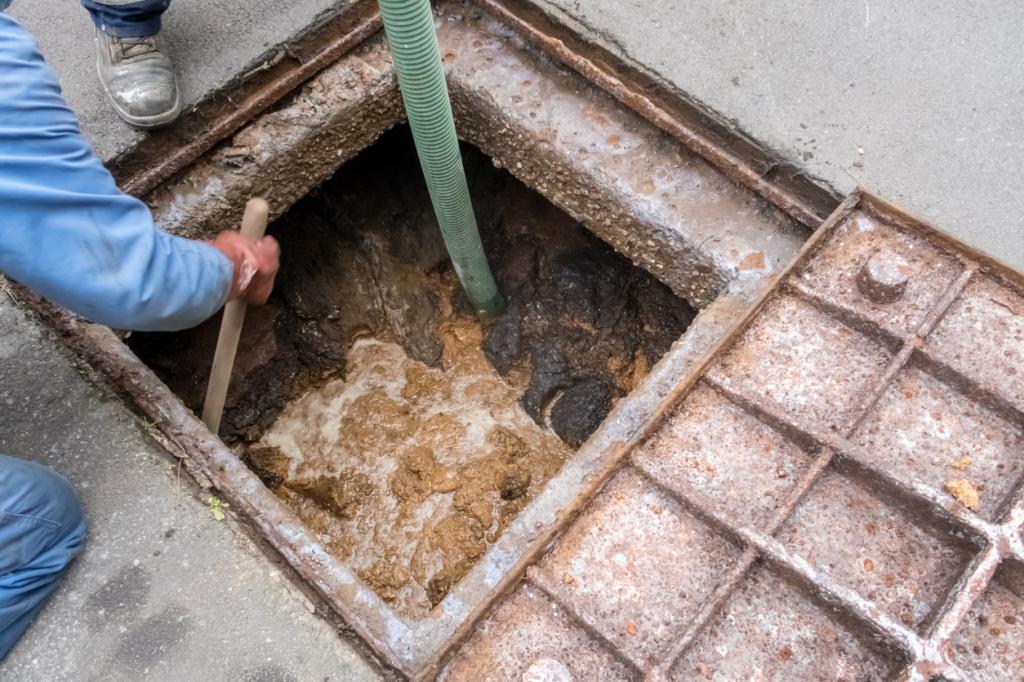

Microbial community in any given pit stayed fairly constant, regardless of depth



Pit latrines are home to unique microorganisms distinct from the human microbiome and those present in other treatment facilities, according to a new study published in the journal PLOS Water.
One of the most common sanitation systems used across the world, pit latrines are filled with excreta, anal cleansing material, flush water and trash. Once the pit is filled, faecal sludge can then be removed before treating or reusing it.
Pit latrines, however, are more than just a storage technology as they also help degrade faecal sludge, with implications on greenhouse gas emissions.
“They [pit latrines] are biological reactors that help break down the waste and reduce the likelihood that mismanaged waste will contribute to human health or environmental challenges,” Francis de los Reyes, corresponding author of the paper and distinguished professor at North Carolina State University said in a statement.
Identifying and characterising the microbial ecosystem in pit latrines, de los Reyes added, can help scientists develop new management techniques that could facilitate a more rapid breakdown of human waste and reduce greenhouse gas emissions.
The paper highlighted that the decomposition of waste within pit latrines is poorly understood. So they studied microbial communities of 55 lined pit latrines at three sampling layers from two communities in peri-urban Malawi in East Africa.
The idea was to gain insights into waste-based epidemiology (analysis of wastewater to gain health information on communities) and various microbial parameters, including methanogenic pathways (how microbes break down human waste to generate methane) and the presence of pathogens.
Wastewater-based epidemiology grew in popularity as a tool to collect health surveillance data, particularly during the COVID-19 pandemic.
This study focuses on “waste-based epidemiology” that includes analysing faecal sludge from shared latrines, tanker trucks and disposal sites.
Their analysis showed that pit latrines contained 124 unique taxa (a taxonomic category or group) that were not found in the other microbiomes such as activated sludge (a sewage-treatment process that requires oxygen), anaerobic digestion in municipal wastewater systems (degrading organic matter such as animal manure, wastewater biosolids, and food wastes in the absence of oxygen), and human gut microbiomes.
The findings also suggested that the microbial community in any given pit stayed fairly constant, regardless of its depth.
However, they saw some variability, with aerobic microbes being more abundant near the surface and anaerobic microbes more concentrated deeper in the pit.
Microbes in the upper layers of the pit break down sugar while the deeper layers of the pit host methanogens, microorganisms that produce methane through different means.
The researchers did not find methanotrophs, microbes that consume methane. “It sheds light on the ways in which these microbial communities are generating methane from the human waste,” de los Reyes explained. “The more we understand about this process, the better able we are to develop management techniques that might hinder methane production. And that's important because methane is a potent greenhouse gas,” he added.
The team also looked for 20 pathogens in the pit, of which they found 17. “This work also serves as a proof of concept for using these scientific tools to monitor pit latrines for pathogens of concern,” Savanna Smith, first author of the paper and a PhD student at North Carolina State University, said in a statement.
By tracking the pathogens in these pit latrines, she added, nations could reduce the likelihood of disease outbreaks.
We are a voice to you; you have been a support to us. Together we build journalism that is independent, credible and fearless. You can further help us by making a donation. This will mean a lot for our ability to bring you news, perspectives and analysis from the ground so that we can make change together.

Comments are moderated and will be published only after the site moderator’s approval. Please use a genuine email ID and provide your name. Selected comments may also be used in the ‘Letters’ section of the Down To Earth print edition.